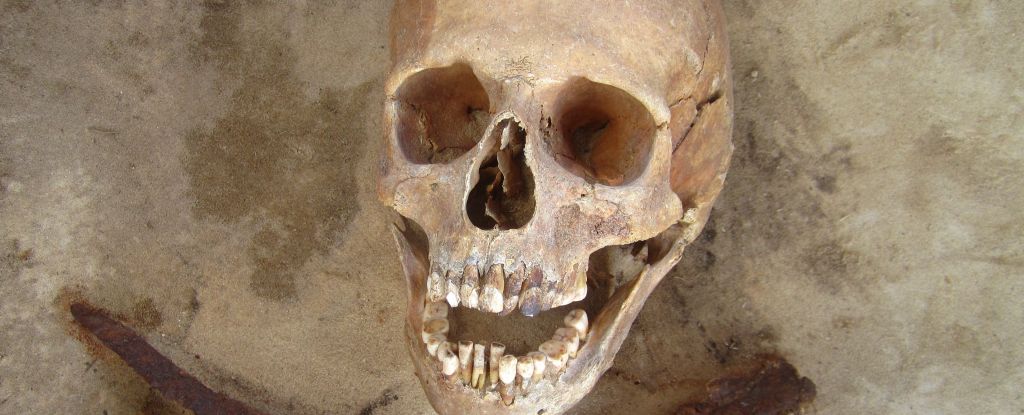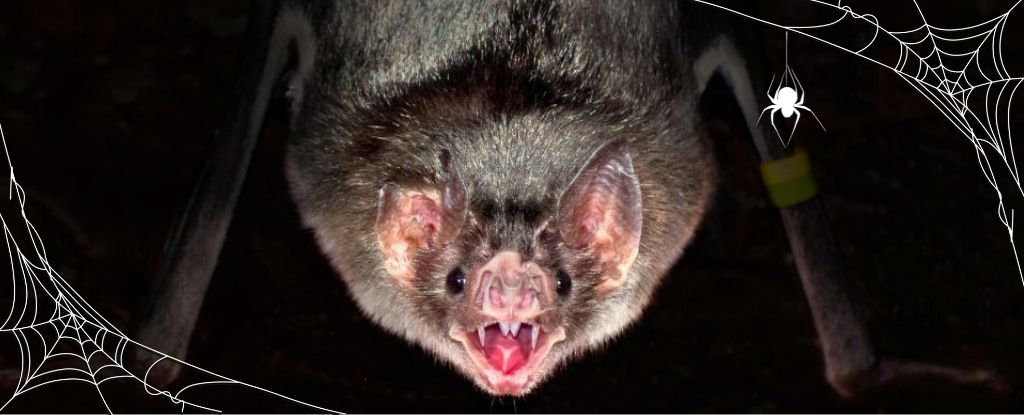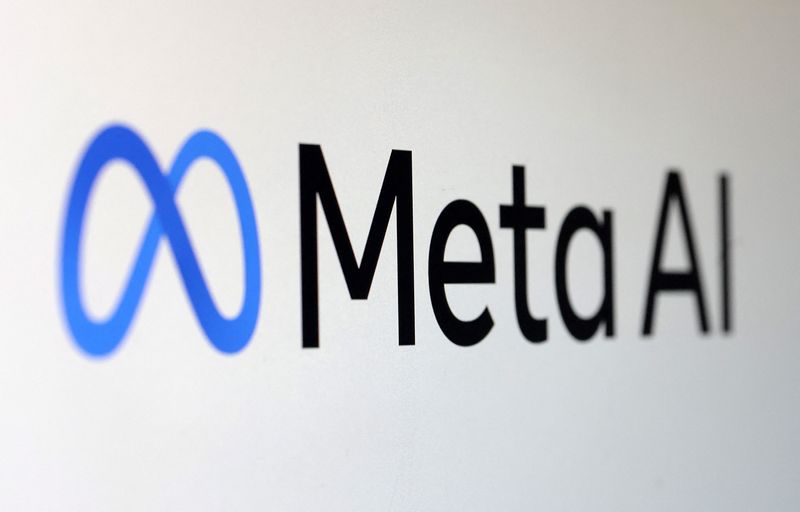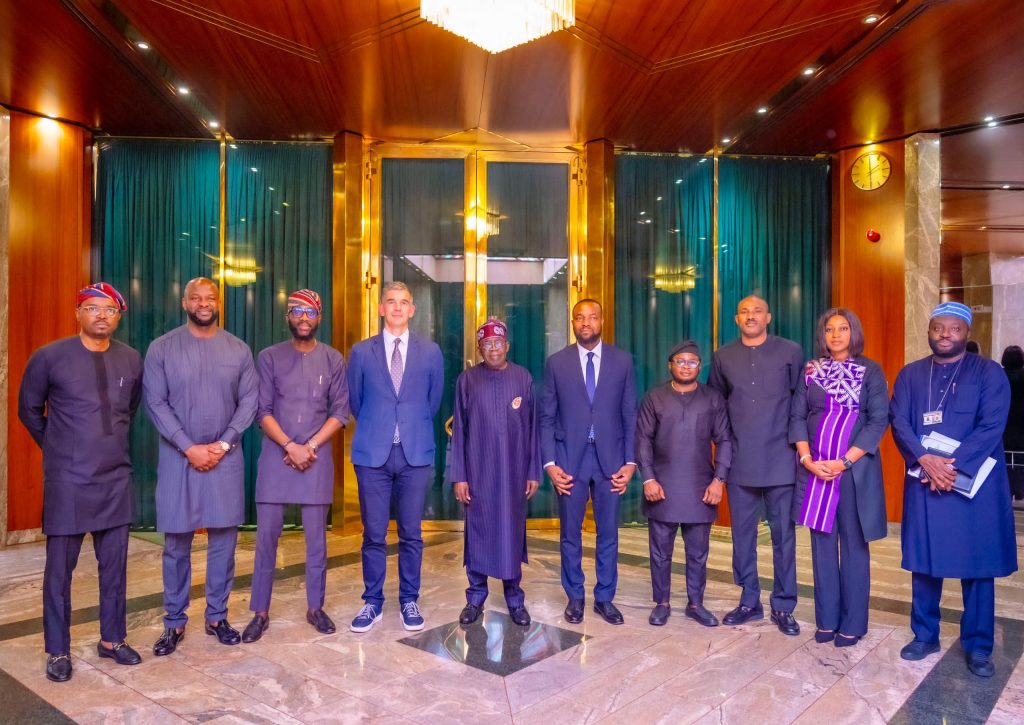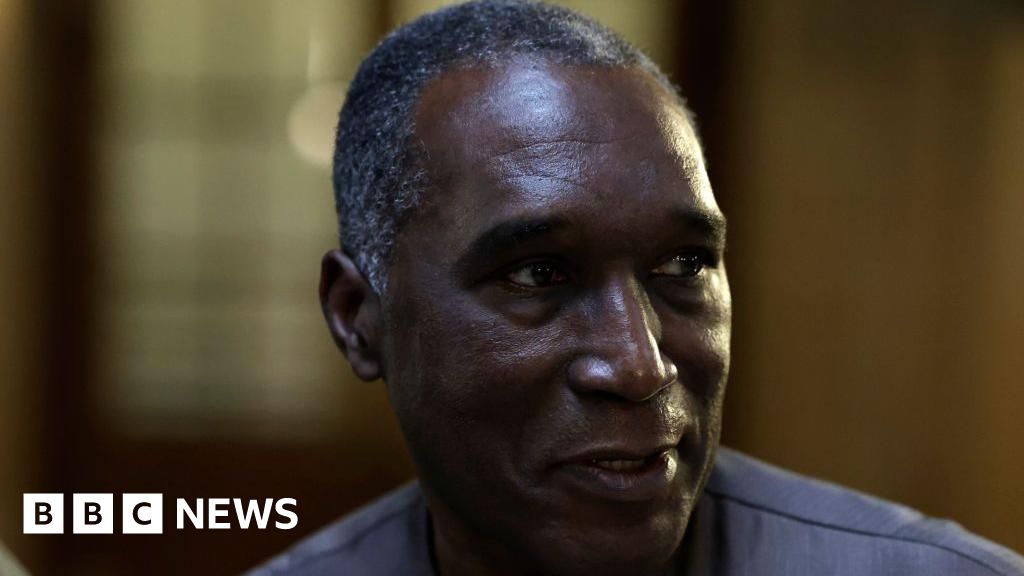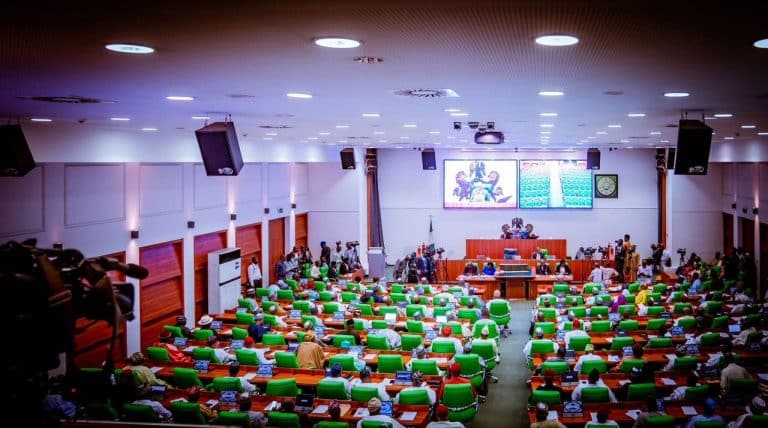Place your adverts here on InfoDig @ low rates; banner ads, sponsored links and guest articles etc. Contact us
 A cross section of stakeholders during the validation workshop in Abuja.
A cross section of stakeholders during the validation workshop in Abuja.The director-general of the Nigeria Hydrological Services Agency (NIHSA), Arch. Umar Mohammed has highlighted the potential of the Regional Action Plan (RAP) to strengthen groundwater resources and foster cooperative governance of aquifers among member countries.
This announcement was made during the national validation workshop for the RAP on the Niger Basin and the Iullemeden-Taoudeni Tanezrouft Aquifer System (NB-ITTAS). The event, organised by NIHSA in partnership with the Sahara and Sahel Observatory (OSS), was held in Abuja under the theme “Improving Integrated Water Resources Management (IWRM), Knowledge-Based Management and Governance of the NB-ITTAS.”
Involving 11 countries, the Niger Basin is managed with support from OSS, one of four project execution agencies, alongside NBA, UNIDO and UNESCO. OSS leads the Transboundary Diagnostic Analysis/Strategic Action Programme (TDA/SAP) process recommended by the Global Environment Facility (GEF) for international waters.
The Niger Basin spans over 2.2 million km², covering nine member countries, while the ITTAS aquifer system stretches across 2.5 million km² in seven countries, including Nigeria. Mohammed, represented by NIHSA’s director of hydrogeophysics, Stephen Jabo emphasised that the workshop is aimed at intensive discussions to achieve the following objectives:
– Improve knowledge and monitoring of ITTAS groundwater resources.
– Strengthen cooperative governance of aquifers and solidarity among member countries.
– Promote sustainable groundwater development.
– Enhance resilience to climate change impacts.
– Mobilise financial resources, training, communication and gender integration in all RAP initiatives.
To achieve these goals, the RAP proposes 74 preliminary actions across five strategic areas: groundwater resource management, cooperative governance, sustainable development, climate adaptation, and mobilisation of financial resources.
Jabo also highlighted the project’s aim to manage transboundary water resources within the Niger Basin and ITTAS, ensuring a knowledge-based approach for sustainable groundwater management across 11 countries. He noted that the project includes both surface water and groundwater components and is funded by the Global Environment Facility (GEF), with Nigeria expected to contribute counterpart funding for project activities.
Speaking at the workshop, a legal consultant representing Nigeria, OSS, Mrs. Amaka Odili underlined the importance of understanding the connection between groundwater and the Niger Basin to prevent contamination. “The Iullemeden is part of the Sokoto Basin, which has been affected by extensive mining activities, leading to groundwater pollution,” she explained, recalling cases of lead poisoning in children due to improper mining practices.
Additionally, a member of the Inter-Ministerial Committee, Dr. Roy Egba noted that the project addresses both surface water and groundwater issues, crucial for Nigeria. He emphasised that managing the pH levels of drinking water is essential, especially for rural communities in the Sokoto region, where untreated water has led to health challenges.
Director of planning, research and technical support services at the Ministry of Water Resources and Sanitation, Engr. Adeyinka Adenopo, represented by Engr. Ibrahim Magagi, highlighted that the Niger Basin supports over 100 million people dependent on water resources for agriculture and fisheries. He noted that the surface water component aims to promote sustainable water management and social-economic development.
S.U. Hussani from the International Atomic Energy Agency (IAEA) recommended regulatory measures to prevent contamination of groundwater from human activities near public water sources, adding that over-exploitation of confined aquifers should be minimised to avoid water scarcity.
The RAP initiative underscores the need for a collaborative approach to protect groundwater resources across borders, ensuring sustainability and reducing environmental impacts for future generations.

